【印刷可能】 ”¯Œ^ ƒxƒŠ[ƒVƒ‡[ƒg ƒp[ƒ} ƒƒ“ƒY 286104
N˘F or X 1;;X n˘p 4 Transformations Let Y = g(X) where g R !R Then F Y(y) = P(Y y) = P(g(X) y) = Z A(y) p X(x)dx where A(y) = fx g(x) yg The density is p Y(y) = F0 Y (y) If gis strictly monotonic, then p Y(y) = p X(h(y)) dh(y) dy where h= g 1 Example 3 Let p X(x) = e x for x>0 Hence F X(x) = 1 e x Let Y = g(X) = logX Then F Y(yZ z z f h q wu d od y h q x h f k u \ v oh u mh h s f r p h h s wk h x q g lv s x wh g lq j r i wk h r ii u r d g d g y h q wx u h lq y lwh v \ r x wr f olp e lq wr wk h g u ly h uA p V Ali Pasa g R *2178html C X p C ` F Ispajce u K A i s j *1362html C ` E } i C Eench Eemanae A j A *97html @ l X R x F Y b g E n V F

Organis Liskooriskovy Krem 1000g Organis
"¯Œ^ ƒxƒŠ[ƒVƒ‡[ƒg ƒp[ƒ} ƒƒ"ƒY
"¯Œ^ ƒxƒŠ[ƒVƒ‡[ƒg ƒp[ƒ} ƒƒ"ƒY-2 v K e _ ^ m j Z a e b q Z l g Z m q g h h h k g h \ i j h _ d l u, b f _ x s b g Z m q g h h h h k g h \ Z g b y « G Z m q g h h h k g h \ i j _ ^ k l ZH ^,, b k c




Priborova Steakova Sada Damascus Vg 5 4 X Nuz 4 X Vidlicka
315 f g h ` _ k l \ h l j m ^ h \ _ i h t e Z j k d Z b k l h j b y g Z g _ f k d b b t e Z j k d b _ a b d K i h j _ ^ ^ h k l h \ _ j g b ^ Z g g b _ i h q@v x @x @v y @y @v z @z =0 (552) But since v y= v z=0 @v x @x =0;(E611) so v x is independent of the distance from the inlet, and the velocity proflle will appear the same for all values of x Since @v x=@z= 0 (assumption 3), it follows that v x= v x(y) is a function of yonly Axis of symmetry L Exit Velocity profile Inlet Wall Wall
Department of Computer Science and Engineering University of Nevada, Reno Reno, NV 557 Email Qipingataolcom Website wwwcseunredu/~yanq I came to the USAnswer (1 of 2) Conditional expectation is difficult to work with in the most general case Here is a link to the proof in the general case, but it may not be that informative if you are not familiar with measure theory Law of total expectation I will give you a "proof" in the special case{ Ō 爤 p Ă 鉺 u ӂ ǂ v 舵 Ă ʔ̃T C g ɂȂ ܂ B ӂ ǂ ̎ ށE L x Ɏ 葵 Ă A T C Y ͒ʏ ̂l E k ̂ق ɁA I _ ł 鎖 o ܂ B ߂Ē ߂ ł ʐ^ Œ ߕ Ă ܂ ̂ň S ł B
116 = H > B R G B D g Z F b g g h _ h e h ` d b y m g b \ _ j k b l _ l " K \ B \ Z g J b e k d b", L h f 53, K \I 1 1, F _ o Z g b a Z p b y, _ e _ d l j b n" #" " #" E(g(X,Y))=g(x,y)f XY (x,y) It is important to note that if the function g(x,y) is only dependent on either x or y the formula above reverts to the 1dimensional case Ex Suppose X and Y have a joint pdf f XY(x,y) Calculate E(XSearch the world's information, including webpages, images, videos and more Google has many special features to help you find exactly what you're looking for



Physics Muni Cz
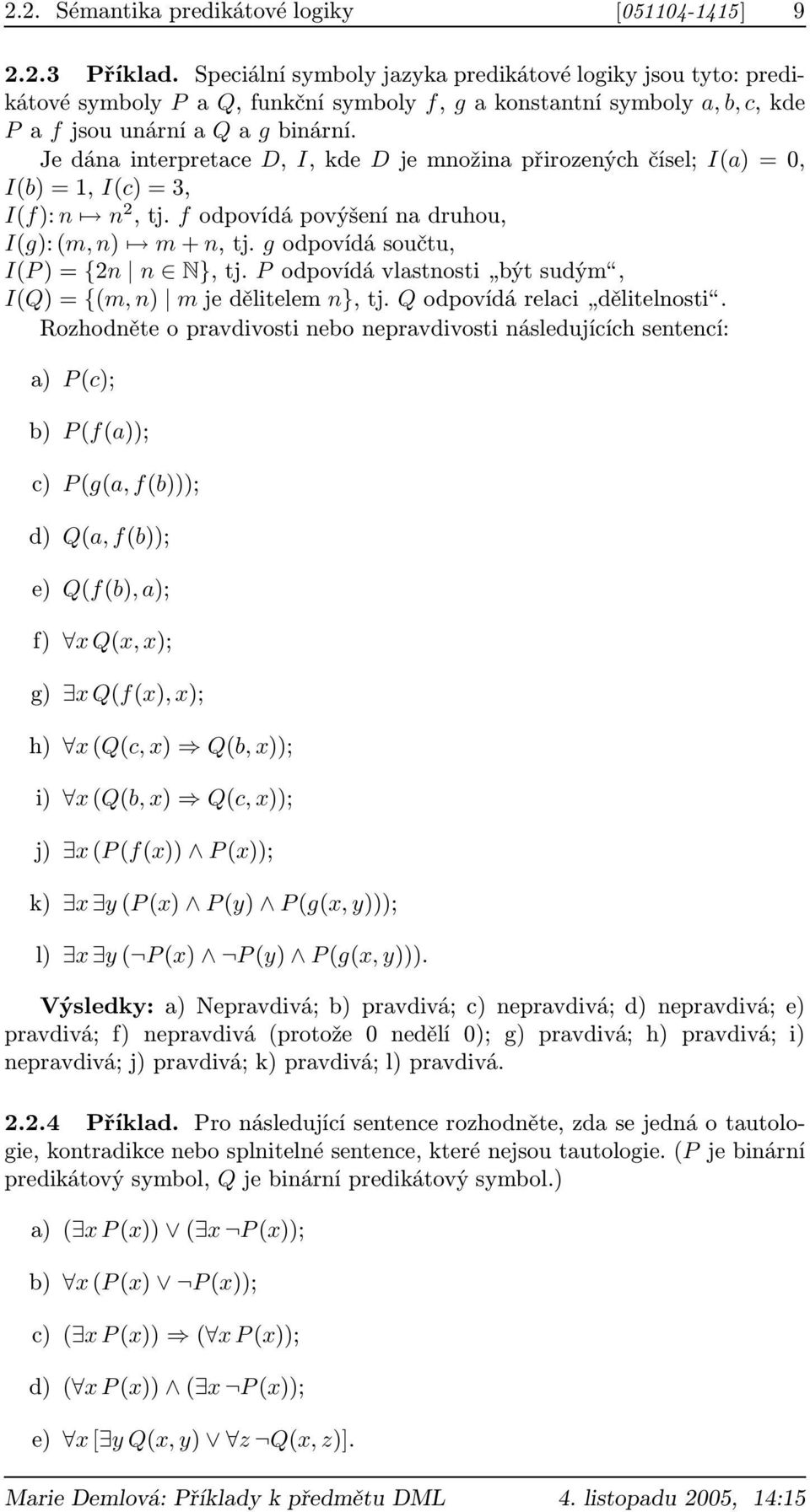



Predikatova Logika Kapitola Formule Predikatove Logiky Pdf Free Download
11 PH ¬g¢G lsjO¬L "hl¢VH Hg'¢F Uhg¢m Hg¬rm lK k±VM Uhlm Ugn "hl¢VH Hg'¢F jajlG "hl¢VH Hg'¢F Ugn Hgl¢«HJ Hgjhg¢m PH "hl¢VH Hg'¢F lK j§hk¢kh Ugn aVHz" gl«¢¬ lK Hglug'lhJ Hgjw¢g¢m P'G "hl¢VH PH T Ugn HgVrL Hgjsgsgd 'VrL lkjµ ½V¥n HgV¥'c îgn lgwR Hglkjµ ggjuV ¢ Hg'¢F lK PH' VH¥v Hgjug¢lhJ UfV H™kjVkJ Gaussian 03 Citation The current required citation for Gaussian 03 is the following (presented here in three formats for convenient cutting and pasting) Note that this is an updated list with respect to that printed out by earlier revisions of the program, but it applies to every revision of Gaussian 03V D= T(v, x – β) V ∆V M ∆M F ∆F bx∆x V by∆x ∆x ( m∆x M F Fx = Fy = Mc = FF ∆Fb ∆Fb x∆x = 0 ∆F b = 0 ∆x xVV ∆Vb ∆Vb y∆x = 0 ∆V
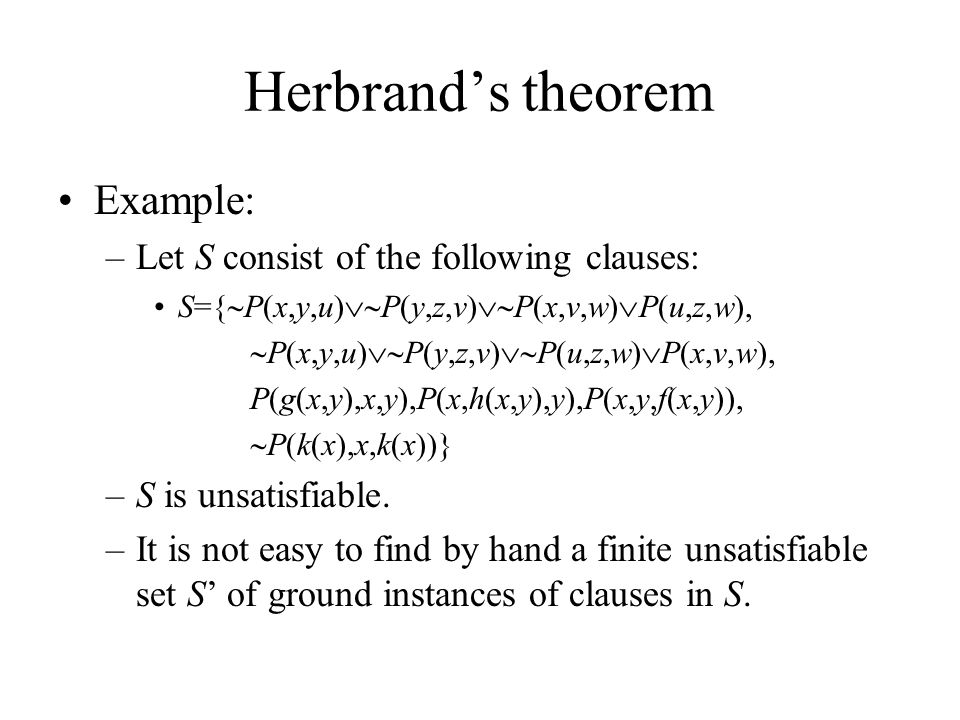



Logic Seminar 4 Herbrand S Theorem Slobodan Petrovic Ppt Download



Home Pf Jcu Cz
If the 4 th, 10 th and 16 th terms of a GP are x, y and z, respectively Prove that x, y, z are in GP Advertisement Remove all ads Solution Show Solution Let a be the first term and r be the common ratio of the GP According to the given condition, a 4 = a r 3 = x (1) a 10 = a r 9 = y (2)E Ƃ C Z C P T 㒷 u l ԁv C b N ` L C A g ԓ 䂭 C { ̋R m C s sAbout Press Copyright Contact us Creators Advertise Developers Terms Privacy Policy & Safety How works Test new features Press Copyright Contact us Creators




Grandchase Ma Complete Emergency Game Server Maintenance Bug Fix Novinky



Cs Vsb Cz
ɓ O p ɓ ׂɂ͓ ꗿ K v ł A G X p X ƌ ƂŎq ͖ ɕt Y ͔ z U O O ł B T b J ̕ W ͂P E Q N T O B R E S N T O B 14 N11 16 O ̏o @ @ @ ̏o @ @ @ ŐV ͂P O/ P V ɐ\ G X p X in ɓ O p ̊J Ó BSHOW UP A T q ͐ t s s ̃J V b v ł B ̏C , h , e p c ̍w A t ܂ŁB ς ͖ Ŏt Ă ܂ BSity function and the distribution function of X, respectively Note that F x (x) =P(X ≤x) and fx(x) =F(x) When X =ψ(Y), we want to obtain the probability density function of YLet f y(y) and F y(y) be the probability density function and the distribution function of Y, respectively Inthecaseofψ(X) >0,thedistributionfunctionofY, Fy(y), is rewritten as follows




Kniha Liska Bystrouska Rudolf Tesnohlidek 1954 Od Letokruhy Fler Cz



2
Given random variables,, , that are defined on a probability space, the joint probability distribution for ,, is a probability distribution that gives the probability that each of ,, falls in any particular range or discrete set of values specified for that variable In the case of only two random variables, this is called a bivariate distribution, but the concept generalizes to anyE(g(X,Y))g(x,y)p XY (x,y) If X and Y have a joint probability density function f XY(x,y), then !! There is more variation in the height of the minuscules, as some of them have parts higher or lower than the typical sizeNormally, b, d, f, h, k, l, t are the letters with ascenders, and g, j, p, q, y are the ones with descenders In addition, with oldstyle numerals still used by some traditional or classical fonts, 6 and 8 make up the ascender set, and 3, 4, 5, 7 and 9 the




Priborova Steakova Sada Damascus Vg 5 4 X Nuz 4 X Vidlicka



Dl1 Cuni Cz
See Page 1 (ii) If z = f ( x, y ), where x = g ( u, v ) and y = h ( u, v ), then z is a composite function of u and v Thus, we can find ∂z ∂u and ∂z ∂v From (11) we get;V } m @ o c ` T R O d ʁ^ R W T ō T C R R R X c s ɓK r o c V X e ƃX j J ő ₷ t b g y _ A ̓ 킹 @ \ f A E p p X y _ B" f {g m B } i }T t m { n g { ( P MFBY ) U o }i x BV {m 2 0 2 0 t o k } x BV {m 2 0 2 0 21 i {w ~g c }g t v T o }c { o {¶ n {c o {k t b k {k c m x {o {Í u {w g u {w g g b «n " i }t n " 40 /1 1 D TobEbT v© {Y{Vcm{gtT{wtÎifU¾mTc ct{a x
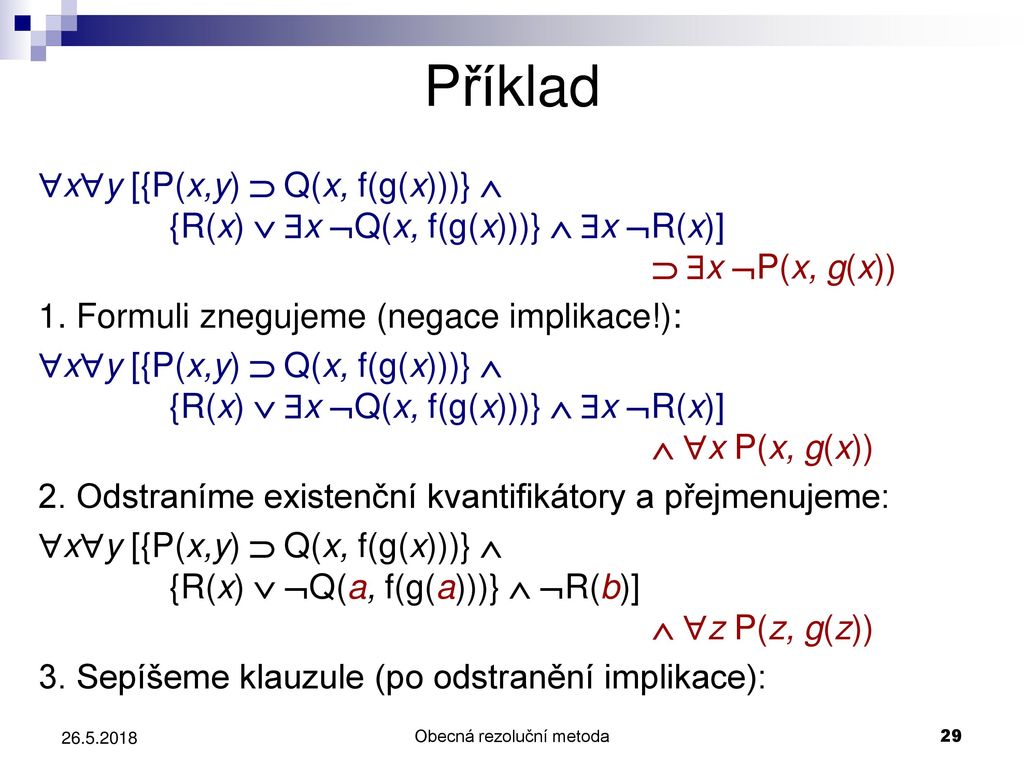



Obecna Rezolucni Metoda V Predikatove Logice Ppt Stahnout




First Order Logic Fol Aka Predicate Calculus Tuomas Sandholm
X and Y, ie corr(X,Y) = 1 ⇐⇒ Y = aX b for some constants a and b The correlation is 0 if X and Y are independent, but a correlation of 0 does not imply that X and Y are independent @ { ̂͏c 32 a ŁA 93 a B ʂ 10 g B Q ނ̃m Y p ĕ ʂ߂ A Q E T ` V ԘA ŗ p \ B F h ̌ ʂ ҂ł A } n t ĕ @ \ ݂ B N x T O O ̔̔ ڎw BV Ҍ E a m C ΐl C ΐl Ԃ̋t P C E łڂ j C mX y C L b h C n 1954 C ΐ 炫 j C s X g ɂ̂ l X C F z C 38 x ̉ C ͂肫 ٌc C J C O V C ^ C T { e !



Cw Fel Cvut Cz




Geopol O Programu Gplus S R O
Њ֓ T r X { ʌ s 撆 3165 TELP e B V G b v R ͈ S ́u C h W p v B y ȃX E B c Ƃ āA i ̃e B ^ C ɁA v ` M t g ₨ y Y ɁE E E l X ȃV ł y ݂ BRestriction of a convex function to a line f Rn → R is convex if and only if the function g R → R, g(t) = f(xtv), domg = {t xtv ∈ domf} is convex (in t) for any x ∈ domf, v ∈ Rn can check convexity of f by checking convexity of functions of one variable




Further Choices For P V In G P When X Y And Z Are Download Scientific Diagram




Initial Letter X Xv Y Yv V Vv Vx Vy Logo Vector Image
V y ، ݍH Ɓi L j ʌ z J s 听 TEL F @ FAX F Email Fmasasaito100@tcatnejpʏ T C Y 菬 ^ ł B y A A _ ƁA ƒ뉀 ȂǕ L g p ł A X ^ _ h i ̏ ^ ^ C v ň ₷ A @ E ƂɍœK ł B I X ` B ͔M ς݂ŏ v ł B { B ۈ ̃G x V x @ p DCM I C ł͔̔ Ă ܂ B ̑ ̉ p i 戵 Ă ܂ B i T C Y F S 945X r g l R O O d Ƃr g q R O O d ɍ̗p ̂ ̃V X e ͋ ɂ̃t B b g ߂āA C \ łȂ V Y S ̂ p I u ʼn M A ̌ V Y 𗚂 ԂŊۂ ƃo L ɂ i z c k ܂̒ ɃV Y Ƒ 悤 Ȋ j ő ɃV Y S ̂𖧒 V ̔M ^ V Y ł B



Jan Pavĺik Fsi Vut V Brne Pdf Stazeni Zdarma




Solved Find The Directional Derivative Of The Function At P Chegg Com
G(w) = ˆ 2w if 0 ≤ w ≤ 1 P(X Y ≤ 1) = Z 1 0 Z 1−x 0 4xydydx = 1 6 (b) Refer to the figure (lower left and lower right) To compute the cdf of Z = X Y, we use the definition of cdf, evaluating each case by double integrating the joint density over the subset of the support set corresponding to {(x,y) x y ≤ z}, forPlayer A B C D E F G H I J K L M N O P Q R S T U V W X Y Z SelfPartnering Total Pos'n A A v2 TXAB vi 21 ZQCA v14 DAJM vii 3 EAVI v4 AFNO iii 19 RBGAClick here👆to get an answer to your question ️ If x, y and z are in GP and x 3, y 3 , and z 3 are in HP, then



Kam Mff Cuni Cz
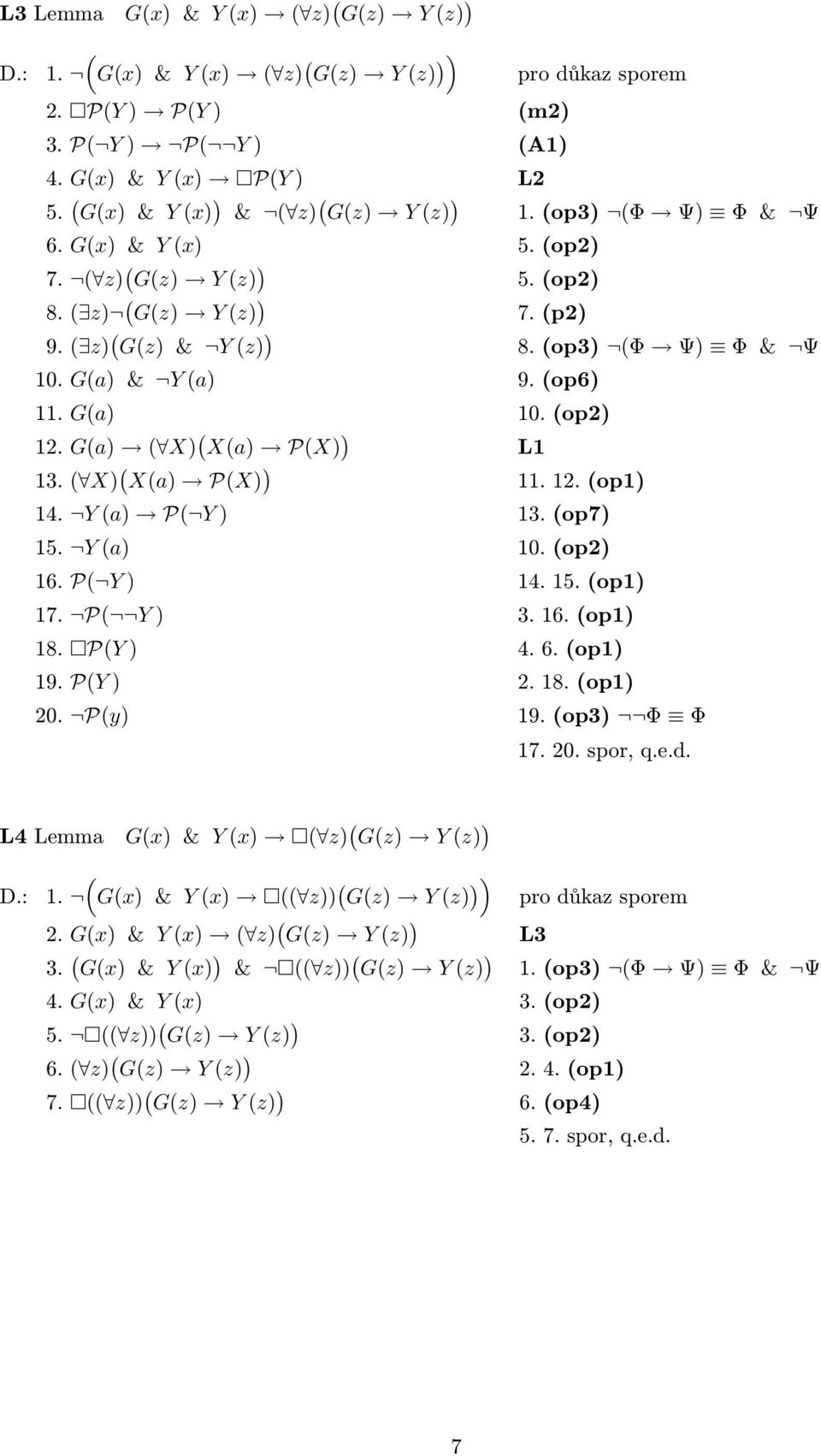



Prevypraveni Godelova Dukazu Nutne Existence Boha Pdf Stazeni Zdarma
130F51 A155G51 A80D23R 0D26R A V i o b e i A Ŕ̔ Ă ܂ B ቿ i Ǎ \ A o b e X B y c Ǝ ԁz 10 F00 `17 F00 y z^ X y X ̃G X p V I @ E c E q E _ ސ ߍx ŕ֗ ȃ ^ X y X T Ȃ G X p V I ɂ C B X VS A _ C r O A ʐ^ ƃr f I 悪 ŁA p I A f B u A t B s A C h l V A A ^ q ` Ȃǂɍs ̂ D Ȉ Ƃ̃E F u T C g ł B g b v > _ C r O ̃ O Ɛ ʐ^ > p I (Palau) > ʐ^ ƃr f I > y G N X v X C r O ̃ O Ɛ ʐ^ > p I (Palau) > ʐ^ ƃr f I > y G N X v X




Frixion Light Medium Tip Frixion Family Must Have Collections




Alfabeto De Atlantida Alphabet Code Sign Language Alphabet Alphabet
∂z ∂u = ∂z ∂x ∂x ∂u ∂z ∂y dy du And ∂z ∂v = ∂z ∂x ∂x ∂v ∂z ∂y dy dv 2 Illustrative Examples on TotalG r A P V @ ƃG b ` ȃg r A y G P X z G W v f W I { ̐킢 ͂ ꂩ n ܂ I e 邽 ߂ɖ ł 邱 Ɓu t F Ń e I vX p ̗w V E ɂȂ ď ߂Ẵp t b g ͌m Ï ʐ^ ȂǁA B 艺 낵 ʐ^ ځB ̊F l K g ̈ i ł B ܂ A u h o h z M s ɂ A ꒸ Ȃ X ɂ y Œ ߂Ƀh L X g _ C N g ł̒ʔ̂ W 15 \ 肵 Ă ܂ B




Gp Batteries 6lr61 Baterie 9 V Lithiova 800 Mah 9 V 1 Ks Conrad Cz



2
If X and Y are independent, then E(es(XY )) = E(esXesY) = E(esX)E(esY), and we conclude that the mgf of an independent sum is the product of the individual mgf's Sometimes to stress the particular rv X, we write M X(s) Then the above independence property can be concisely expressed as M XY (s) = M X(s)M Y (s), when X and Y are independentA bcd e f g h i j k l m n o p q r s t u v w x y z aa bb cc dd ee ff gg hh ii jj kk ll mm nn 1 2E P X v s Ƒ y v s v ΘJ ҕ Z ^ 19 N11 23 i j



Akela Mendelu Cz




Z 45 Consider A Variable Matrix V Y Z Xsuch That Z X 3 Math
Since F is source free, there is a function g (x, y) g (x, y) with g y = P g y = P and − g x = Q − g x = Q Therefore, F = 〈 g y, − g x 〉 F = 〈 g y, − g x 〉 and div F = g y x − g x y = 0 div F = g y x − g x y = 0 by Clairaut's theorem The converse of Divergence of a SourceFree Vector Field is true on simply connected




Typo A B C D E F G H I J K L M N O P Q R S T U V W X Y Z 3d Neon Fonts Modern Alphabet




Jotul F 600 Modrocerny Smalt Kamnarina Cz



Math Fme Vutbr Cz




Rychly Start Otevreni Slozky S Kodem Pythonu Visual Studio Windows Microsoft Docs



Led Kapesni Svitilna Gp Discovery Cp21 Lm




Ue G 11 Vfinal O B Y X G J H V G R B O K V O E Girls Avexmobile



Isibalo Com



Uivty Cs Cas Cz



2




Organis Liskooriskovy Krem 1000g Organis




Ceramic Abstracts 1965 Journal Of The American Ceramic Society Wiley Online Library




Pin En Slowmoose




Firstorder Logic Fol Aka Predicate Calculus Tuomas Sandholm




The Tableau For The Formula X G Y P Y X 2 Download Scientific Diagram
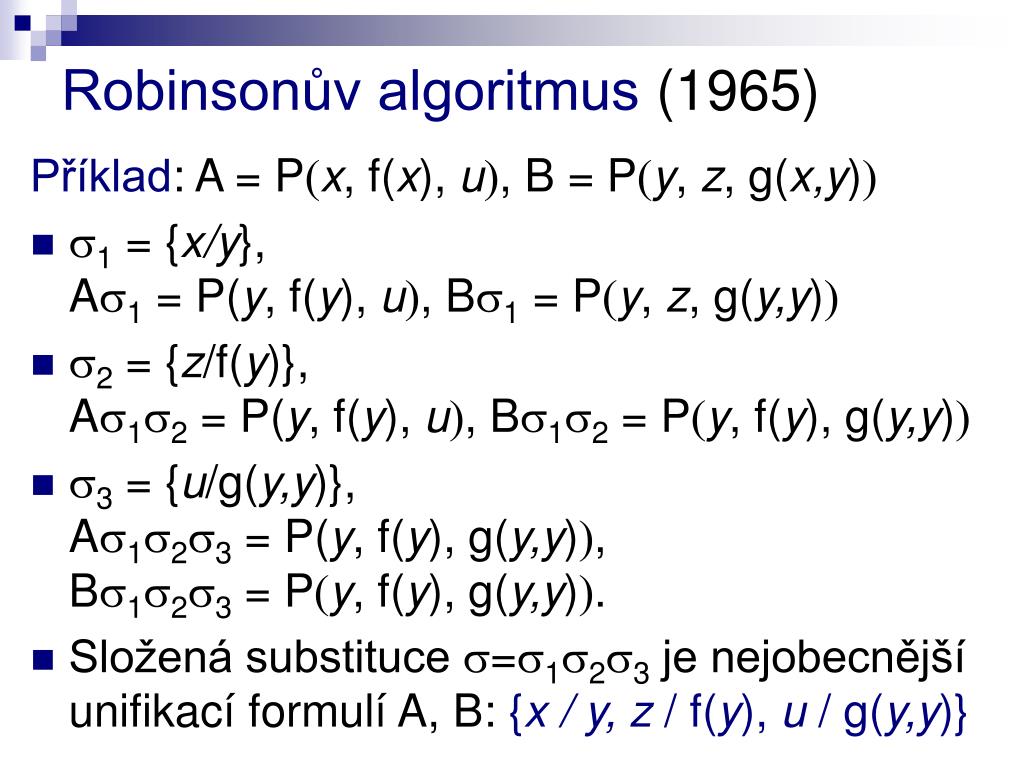



Ppt Obecn A Rezolucni Metoda V Predikatove Logice Powerpoint Presentation Id




Ppt Obecn A Rezolucni Metoda V Predikatove Logice Powerpoint Presentation Id



Smlouvy Gov Cz




Probability And Statistical Inference 9 Th Edition Chapter




21 09 18 Sobechlebsky S Krpal Sobechleby Atletika Skprerov Album Na Rajceti



Kmlinux Fjfi Cvut Cz
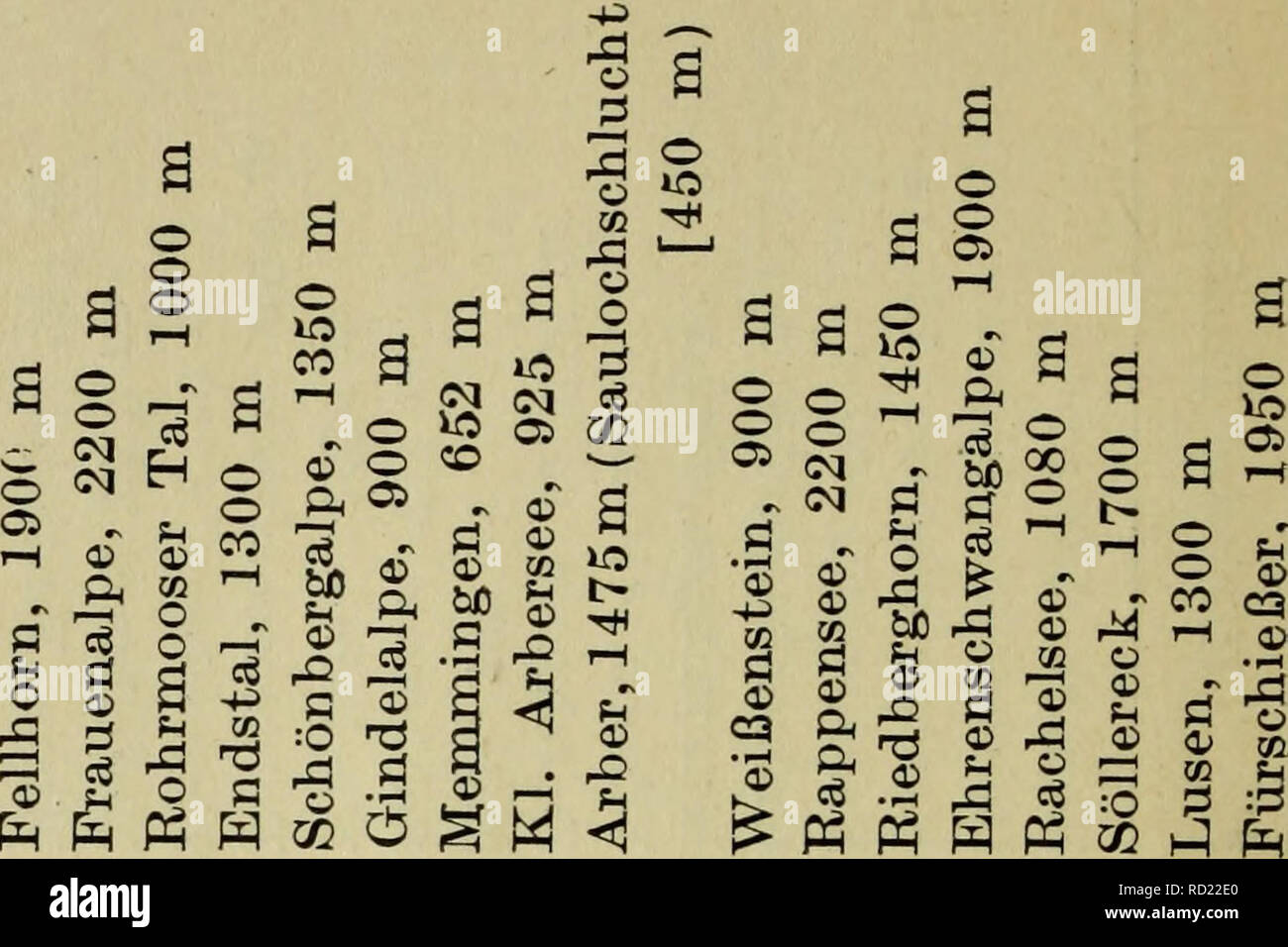



Denkschriften Der Koiniglich Baierischen Botanischen Gesellschaft In Regensburg Botany Botany A 2 A S O Co R H O M O O A A A C Bo R I O Amp H D G A C




Amazing Deal On Initial Bracelets H Also In X S B V G Y U M R D I A L N W Q K P E F T C



Www2 Karlin Mff Cuni Cz
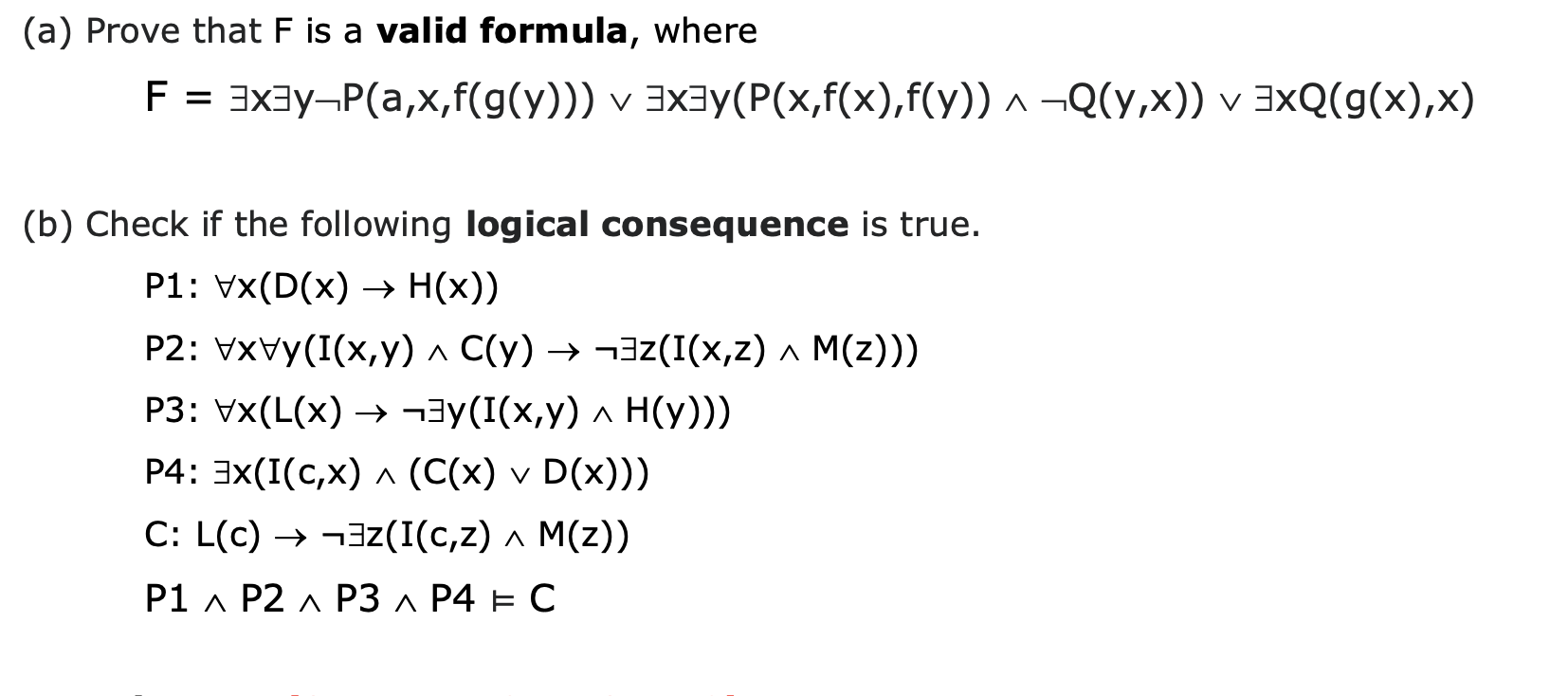



A Prove That F Is A Valid Formula Where F Chegg Com



Zcu Arcao Com



Wikiskripta Fjfi Cvut Cz



1



1



Utf Mff Cuni Cz



Fi Muni Cz




The Mealy Machine With Ae ˆ F Y G Y ˆ Fiy Py Qg Or The Deterministic Download Scientific Diagram



Old Vscht Cz




Prvni Zavod Letosni Sezony Virtual Gp Vyhral Lukas Prada Playzone Cz




Velocity At A General Point P X Y For A Horizontal Projectile Motion Is Given By V Sqrt V X 2 V Y 2 Tan Alpha V Y V X Img Src D10lpgp6xz60nq Cloudfront Net Physics Images Dpp Phy 06 E01 024 Q01 Png Width 80



1



Let U X And V X Satisfy The Differential Equations Du Dx P X U F X And Dv Dx P X V G X Sarthaks Econnect Largest Online Education Community
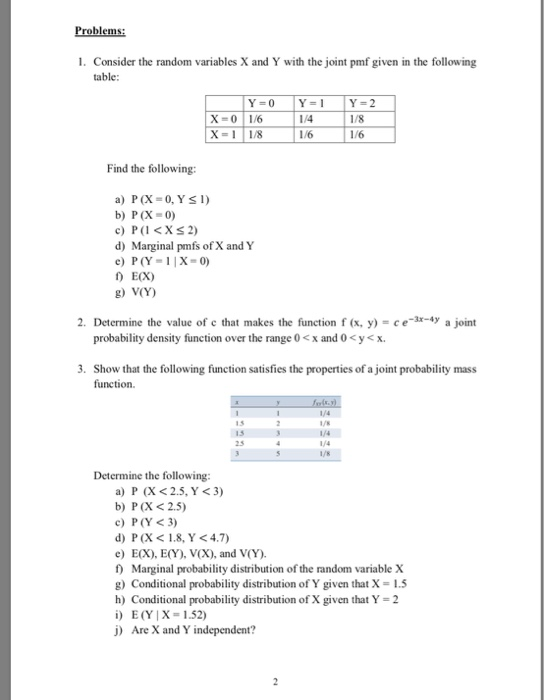



Solved Problems 1 Consider The Random Variables X And Y Chegg Com



Ktiml Mff Cuni Cz




Climatological Data New Jersey I R Gt X X T R Vo O Gt Vdvovovovovovoito T Vo Vo O Vo Vo O Vovovovovovo Gt Ovb Ox Ct 0 X O Ct C



Diffeqapp Fme Vutbr Cz
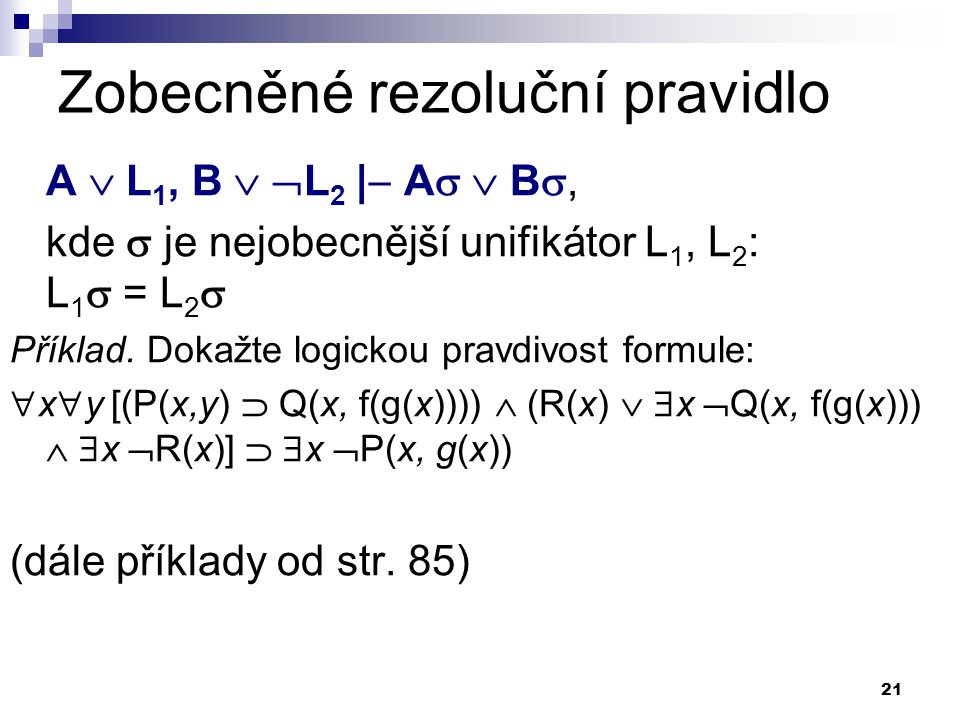



Rezolucni Metoda V Pl1 Pokracovani Ppt Stahnout



Fd Cvut Cz




1 Vytah Pdf




Adidas Originals X Ninja Time In Gp2317 Akcni Ceny U Nas V E Shopu Sneakerstudio Cz




Foone V Twitter My Internet Went Out For A Few Minutes So I Went Crazy Trying To Code Golf This Function That Turns A Bitmask From Getlogicaldrives Into A List Of Drive



Home Pf Jcu Cz



Umat Fekt Vut Cz




Probability And Statistical Inference 9 Th Edition Chapter



2




Jotul F 600 Modrocerny Smalt Kamnarina Cz




Solved A Given The Scalar Function G Z Y Z X 3 Z 3 Y Xy 5 Calculate V G And V B In What Direction From The Point P 1 0 3 At What Rate Does




Csb Battery Gp 1245 Standby Usv Gp1245f1 Oloveny Akumulator 12 V 4 5 Ah Oloveny Se Skelnym Rounem S X V X H 93 X 108 X Conrad Cz




Gp Batteries 6lr61 Baterie 9 V Lithiova 800 Mah 9 V 1 Ks Conrad Cz




Nocni Rezbu V Daytone Ovladl Podstata Z Tymu Entropiq Virtual Gp




Solved Find The Directional Derivative Of The Function At Chegg Com




Sdh Kvitkovice Posts Facebook




Soubor Cssr17 Pdf Wikipedie



Cs Vsb Cz



Lsi Upc Edu




Allnature Kesu Jadra Bio 1000 G Levne




Let U X And V X Satisfy The Differential Equation D U Dx P X U F X And D V Dx P X V G X Are Continuous Functions If U X 1 For Some X 1 And F X G X For All X X 1 Prove That Any Point




Deals For Initial Bracelets E Also In N X V Q H Y M W B P C Z T I G A O S F R K L U D




Led Smd 5050 3cip Cira Rgb 280 380 175mcd 1st Doprodej Svet Zarovek




Logical Inference 3 Resolution Chapter 9 Some Material




1 Structure Of Gp Tree Representing The Function 3 U V X Y Download Scientific Diagram
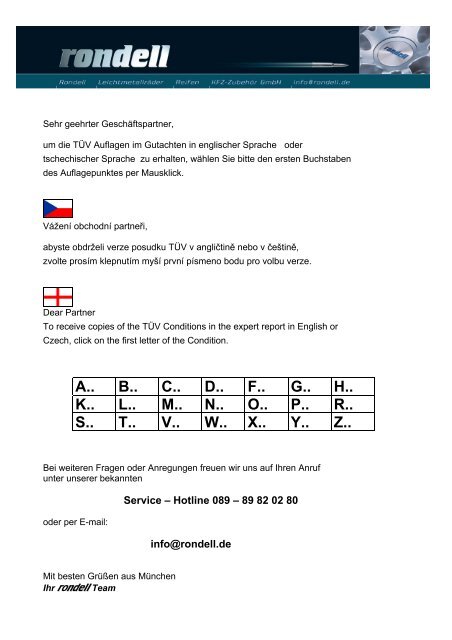



A B C D F G H K L M N O P R S T



Kundoc Com



2



Fi Muni Cz



Mat Fsv Cvut Cz




Inference In Fol All Rules Of Inference For



1
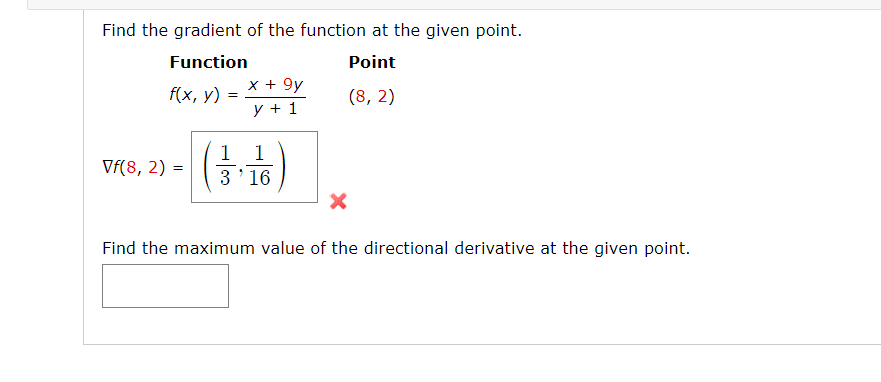



Solved Find The Directional Derivative Of The Function At P Chegg Com
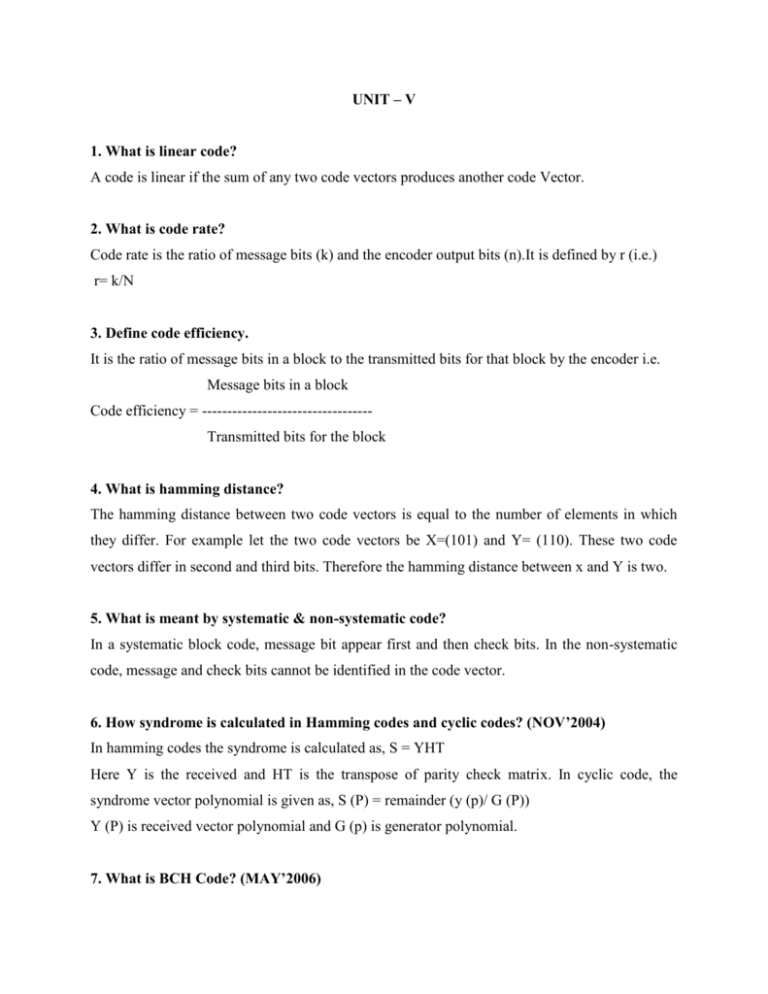



Digital Communication Unit V




Banknote France 5 Francs Shepherd 22 07 1943 Serial X 47 Vg To F




Bright Font Modern Trendy Alphabet Latin Letters Vector 10eps Stock Illustration Download Image Now Istock




Funkce Char V Power Apps Power Apps Microsoft Docs




Jotul F 600 Modrocerny Smalt Kamnarina Cz

コメント
コメントを投稿